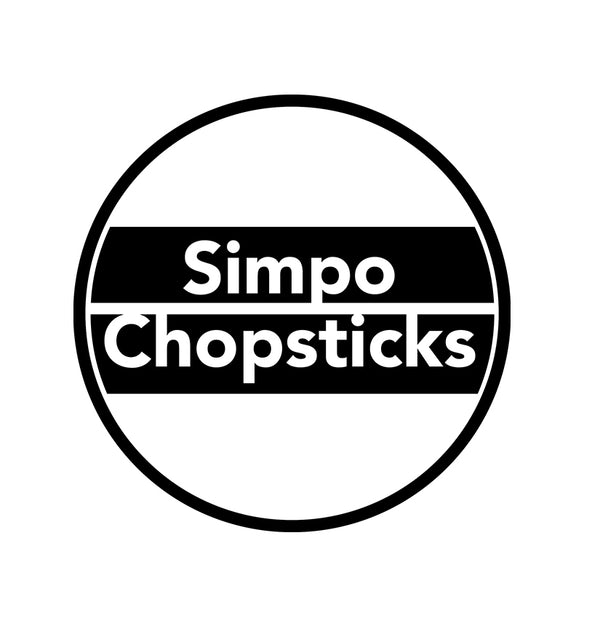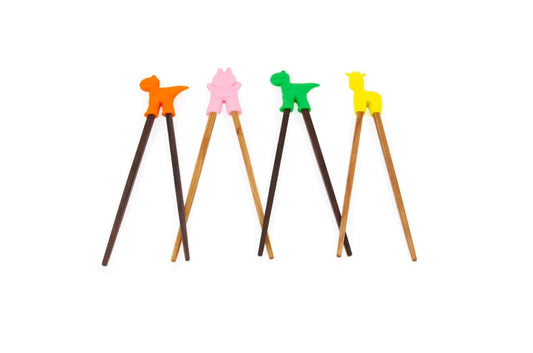In the vast realm of culinary utensils, chopsticks hold a significant place. They have been an integral part of Asian dining culture for centuries, offering a unique and elegant way to enjoy a meal. However, when it comes to choosing the ideal chopsticks, there's an ongoing debate between bamboo and hardwood. Today, we will delve into this age-old dilemma and explore the merits of both bamboo and hardwood chopsticks, ultimately revealing why hardwood chopsticks reign supreme. Additionally, we'll touch upon the exquisite Simpo cherry and walnut chopsticks, which take the dining experience to a whole new level.
1. Eco-Friendliness:
Bamboo chopsticks have often been lauded for their eco-friendly nature. Bamboo is a fast-growing and renewable resource, making it a sustainable option. However, it's important to note that bamboo chopsticks still require significant amounts of water, energy, and chemicals during their manufacturing process. On the other hand, hardwood chopsticks, such as those made from cherry or walnut wood, come from mature trees that have already served their primary purpose. By using hardwood chopsticks, we contribute to the reduction of waste and promote the utilization of existing resources.
2. Durability and Longevity:
While bamboo chopsticks are undeniably lightweight and easy to handle, they lack the durability and longevity of their hardwood counterparts. Hardwood chopsticks are sturdier, ensuring a firm grip on food without the risk of bending or splintering. They withstand frequent use, making them a worthwhile investment in the long run. With proper care, hardwood chopsticks can be passed down through generations, adding a touch of tradition and history to family meals.
3. Aesthetic Appeal:
One cannot overlook the aesthetic charm of chopsticks, which can enhance the dining experience. Bamboo chopsticks have a natural, rustic look that some may find appealing. However, hardwood chopsticks, such as Simpo cherry and walnut chopsticks, exude a refined elegance and sophistication. The rich tones and intricate grain patterns of these hardwoods create a visually stunning dining accessory, elevating the overall ambiance and enjoyment of a meal.
4. Hygiene and Maintenance:
When it comes to hygiene, hardwood chopsticks have an advantage over bamboo. Bamboo is porous, which means it can absorb flavors, odors, and oils from the food. This can be problematic if you enjoy a variety of dishes or have specific dietary restrictions. Hardwood chopsticks, on the other hand, are non-porous and easy to clean. They can be washed with mild soap and water, ensuring a sanitary dining experience every time.
Conclusion:
While bamboo chopsticks have their merits in terms of eco-friendliness and affordability, hardwood chopsticks, particularly Simpo cherry and walnut chopsticks, outshine them in terms of durability, aesthetics, and hygiene. With their superior quality, these hardwood chopsticks offer an elevated dining experience that celebrates tradition and craftsmanship. So, the next time you embark on a culinary adventure, consider investing in hardwood chopsticks to add a touch of elegance and functionality to your dining table.




